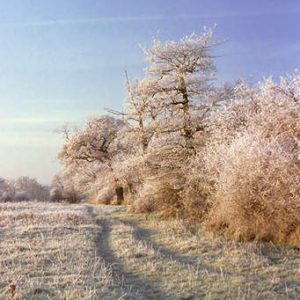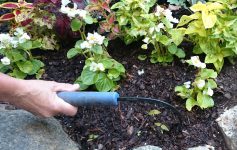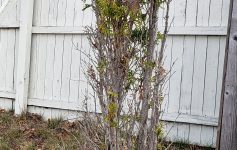What are Frost dates?
 Savvy gardeners plan their garden activities in our region by regional frost dates. A frost date is the average date of the first or last light freeze that occurs in spring or fall. Before vast sea of information available on the internet, local experienced gardeners would take the last full moon dates in spring and first full moon of September/October to determine these dates. Today the NOAA National Centers for Environmental Information collect and provide the annual predictions with 30% accuracy. But first you need to know frost classifications are based upon their temperature and how they effect plants. They are as follows:
Savvy gardeners plan their garden activities in our region by regional frost dates. A frost date is the average date of the first or last light freeze that occurs in spring or fall. Before vast sea of information available on the internet, local experienced gardeners would take the last full moon dates in spring and first full moon of September/October to determine these dates. Today the NOAA National Centers for Environmental Information collect and provide the annual predictions with 30% accuracy. But first you need to know frost classifications are based upon their temperature and how they effect plants. They are as follows:
- Light freeze 29 to 32 degrees This will kill tender plants…most damage seen in annuals
- Moderate freeze 25-28 degrees Generally this will kill off most seasonal vegetation to include perennials
- Severe freeze 24 degrees and colder this will provide heavy damage to most plants. You will find this especially problematic for evergreens when daytime and nightime temperates vary remarkably and “burn” leaf cells. This will result in a browning of evergreen leaves/needles.
Why are They important
My most significant reason for applying the frost dates guide to my seasonal gardening routine is: commitment to sustainability. I want my plant material to not only survive, but flourish in my gardens. I wait until after the spring frost date when installing any new perennial garden. The frost may not destroy the plant, but it may damage leaf material causing an unsightly display. It may also interrupt bloom production. This of course would depend upon the bloom time: early or late season. Knowing your regions spring frost date is especially important when planting your annuals. These plants that are not tolerant to our planting zones (check out my previous blog on planting zones for more information). I usually combine my old school reference to last full moon in May along with the NOAA spring date to get a general range of when it is safe for me to plant my annual displays.
How to Find your Location
I have always used the fast link provided on the Old Farmers Almanac website https://www.almanac.com/gardening/frostdates
This easy link will allow you to enter your zip code and find your spring and fall frost dates along with the average number of growing days for your area. For example, by entering the zipcode 12866 I am directed to information from the Saratoga Springs climate station. This year it suggests our last spring frost will occur on May 11 and the first frost of Fall falling on October 11. This gives us approximately 142 frost free growing days.
So add this new tool to your gardening plans this season and you will find your efforts more rewarding and displays more sustainable. As always, keeping common sense and sustainablility at the core of all my garden practices.
Want to learn more regional and fun gardening tips? Attend one of my spring workshops.
March 3oth
Homeowners Guide to Garden design
April 6
The Magic of Fairy Gardens for Adults
Fund with Fairy Gardens for Children 3-9 years old
Visit my website httos://www.gardengoddesssenseandsustainability.com for more information and registration



